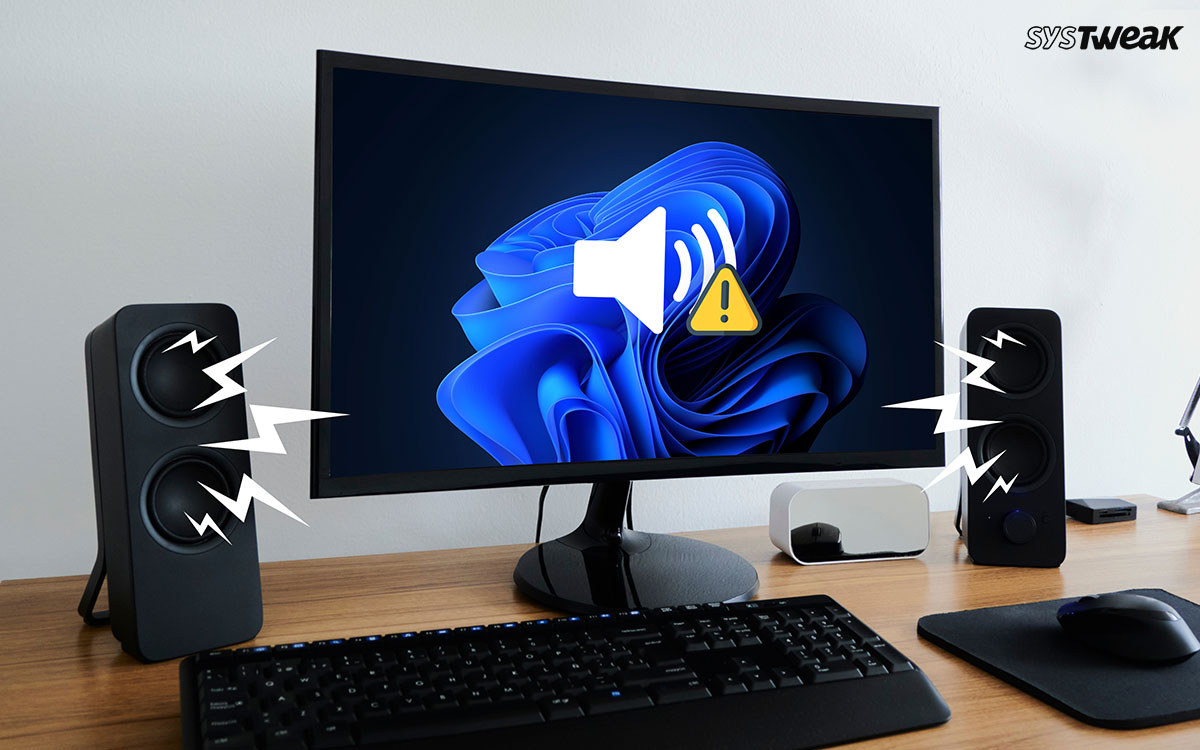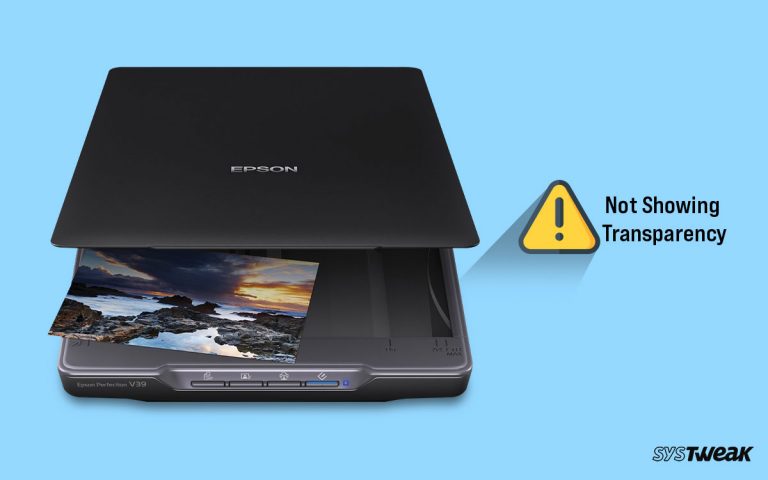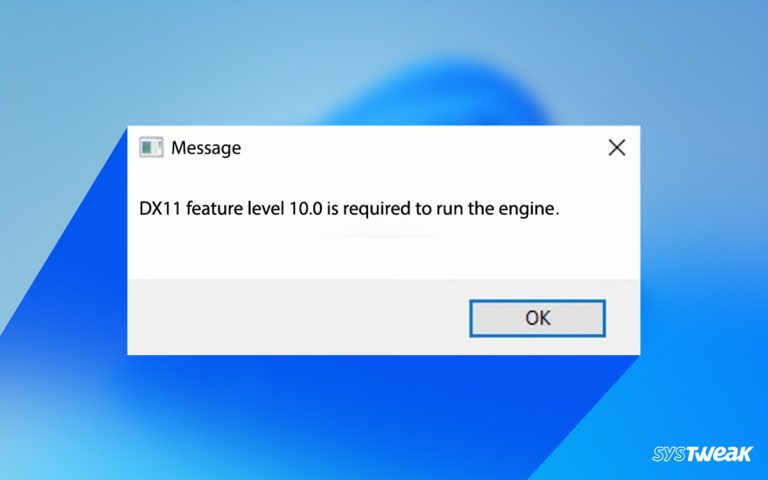Is your laptop speaker making funny buzzing noises? The noise is justified if you have had an episode where you accidentally spilled something on the device or damaged the hardware. However, if the issue has appeared without any of these incidents, it might be due to outdated drivers or mismatched configurations.
50% OFF

BLACK FRIDAY OFFERS
Unlock Black Friday Mega Savings — Systweak Tools FLAT 50% OFF!
In today’s post, we will help you identify exactly what is causing the issue on your PC and, more importantly, how you can get rid of the speaker buzzing sounds without visiting the service center.
Keep in mind that all the fixes shared in this post are safe and secure to follow, provided you follow them completely, as mentioned.
With that out of the way, let’s get started!
What Might be Causing Speaker Buzzing Sounds on Windows Laptop?
As mentioned above, if there’s a chance that your hardware might be affected by any external factor, get in touch with a hardware expert. But, if the issue has occurred out of nowhere, a few factors may be causing your speakers to malfunction. These factors may include –
1. An issue with the audio or the audio player.
2. Error in the speaker’s output configuration.
3. Outdated or corrupt audio drivers are being used on Windows. The best way to fix it and update drivers is to use a driver updating software like Advanced Driver Updater.
4. An electrical ground loop is another factor that may account for buzzing sounds.
5. An issue with the audio-playing software.
These factors and the chances that the audio file being used is corrupt can be why laptop speakers make buzzing sounds. Fortunately, all of these errors can be resolved without calling a professional.
How? Well, check out how to fix these problems in the section below!
Working Methods to Fix Speaker Buzzing Sounds on a Windows PC
Method #1 – Run Audio Troubleshooter on Windows
Step 1 – Press Windows + I to open settings.
Step 2 – In settings, scroll down to find Troubleshoot.

Step 3 – In Troubleshoot, find the option, Other troubleshooters.

Step 4 – You may find the Audio troubleshooter available there. Click on Run to initiate the process.

Step 5 – The process will ask you to give your input about the troubleshooting method. Simply answer and get over it.

Once the troubleshooting is done, try using the audio again to see if it resolves the problem. If not, move on to the next method.
Method #2 – Configure Audio Settings On Windows
Step 1 – Press Windows + R to bring up the Run search.
Step 2 – In the Run search, use the command “control” and hit enter to open the control panel.

Step 3 – Look for the Hardware and Sound tab in the Control Panel. Click on it.
Step 4 – After opening Hardware and Sound option, you may find a menu that appears something similar to the following –
 Step 5 – Click on Sound in the available options. This will bring up sound configuration pop-up.
Step 5 – Click on Sound in the available options. This will bring up sound configuration pop-up.

Step 6 – From the opened pop, select your Speaker and open its properties by right-clicking on the same.
Step 7 – When the properties open, switch to the properties pop-up and go to the Advanced tab.

Step 8 – Uncheck the Enable audio enhancements from the advanced options and click on Apply to accept changes. 
If the error was due to signal enhancements, this should stop the error. Check the speakers for any buzzing sound. If this fails to resolve the issue, check out the next fix now!
Method #3 – Update Outdated Audio Drivers on Windows
If none of the above methods work, it may be time to upgrade your audio drivers. These drivers are basic requirements of the device to work with the operating system. If this program is not working properly, your speaker might show signs of degradation.
There are multiple ways you can update audio drivers on Windows. Check them out in this details blog on how to update audio drivers.
If you do not have ample time to go through another study, we recommend using Advanced Driver Updater.
The tool works in three easy steps –
Step 1 – Scan outdated drivers

Step 2 – Fetch updates

Step 3 – Install updates
Three steps, and you are done! Download the tool today and see the difference in your PC’s overall performance.
Method #4 – Break Electrical Ground Loop & Frequency Interference
When you are using a cluster of gadgets around your laptop, there are chances that frequency interference and an electrical ground loop may cause hindrances. For those unaware, an electrical ground loop is created when multiple devices are connected with electricity. You can easily resolve it by using an extension that allows you to power all the devices from a single source.
If the issue revolves around frequency interference, you must remove all the devices with similar frequencies from the PC’s radar. This will give you a better understanding of the issue.
No More Speaker Buzzing Sounds
With the help of these fixes, you can avoid any disturbance in the user experience, especially in terms of audio quality. Implement these and let us know what worked best for you.
That’ll be all for this post. Thanks for reading. Good Luck.
Recommended:
How To Download and Update SoundMAX Driver For Windows
How to Download USB PnP Sound Device DriversSound Device Driver





